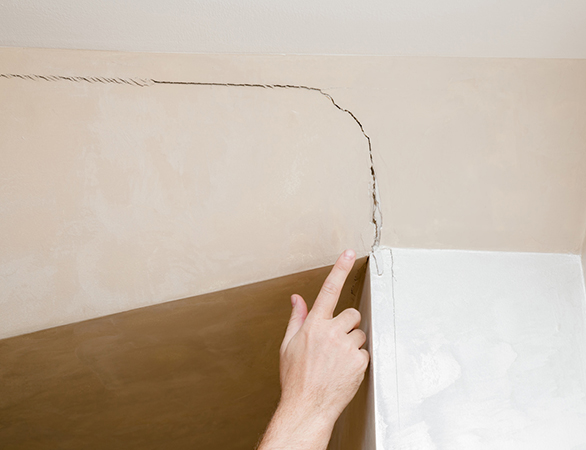Foundation Stabilization
How To Stabilize Your Foundation
When you build a new home, you want it to last — however, it’s not just the design you have to worry about. You also have to make sure the soil underneath is stable enough to hold the weight of the new structure. There are many ways that this can be accomplished, even after damage has been done, but prevention is always the best course of action. Foundation repair specialists at Stable Foundation Solutions, Inc. offer a complete range of innovative solutions custom designed to repair and restore foundations within residential and commercial properties throughout Florida. Contact us today to schedule foundation services.

Know Your Soil
Before construction begins, learn what type of soil your foundation will be resting on and its shifting tendencies. There are three basic kinds of soil — clay, peat, and loam — each with its own advantages when it comes to building foundation. Even if you have not been blessed with the perfect soil to start construction on your dream home, there is still hope.
Clay
Clay is highly expansive due to its tiny particles. Primarily affected by moisture, clay commonly expands and contracts. Stable footing with clay requires chemical treatment, making it unsuitable for residential or commercial construction.
Peat
Peat can hold massive amounts of water. It’s comprised of decomposed organic substances and is easily compressed. Peat makes a poor building material, as it changes frequently when wet or too dry, and it can even become a fire hazard.
Loam
Loam is what you want to hear when testing your soil for stability. Loam is a combination of clay, sand, and silt, making it crumbly to the touch. It is the most well-balanced of all the soil types. This is an ideal component of a well-built foundation.
Benefits Of Treated Soil
Through the process of soil stabilization, you can achieve just the right support system for your structure. It can take weak, moody soil types and turn them into mighty, stable forces of nature. They are also close to 100 percent environmentally friendly, making soil stabilization safe for people and animals alike.
There are a few different ways to go about stabilizing your soil. Choosing to alter the soil mechanically removes trouble making particles and replaces them with particles that work more efficiently. Chemicals can also be used to help stabilize the soil. These chemicals can be inserted with or without removing the soil.
How To Tell If Your Home Has Foundation Issues
At first, it may seem only cosmetic — just a few cracks forming on the ceiling or wall. Then, you may start to notice that the doors and windows are more difficult to open. If you view your home from the outside, you may notice that the chimney is slightly tilted or the flooring sags. If you weren’t formerly convinced of foundation problems by this stage, you now need to act fast to avoid further damage to your foundation, structure, and property.

Offices (813) 501-2670
Offices (904) 667-0580
Offices (407) 349-8597
Offices (352) 389-3976
Offices (239) 317-8645
Offices (386) 200-9378